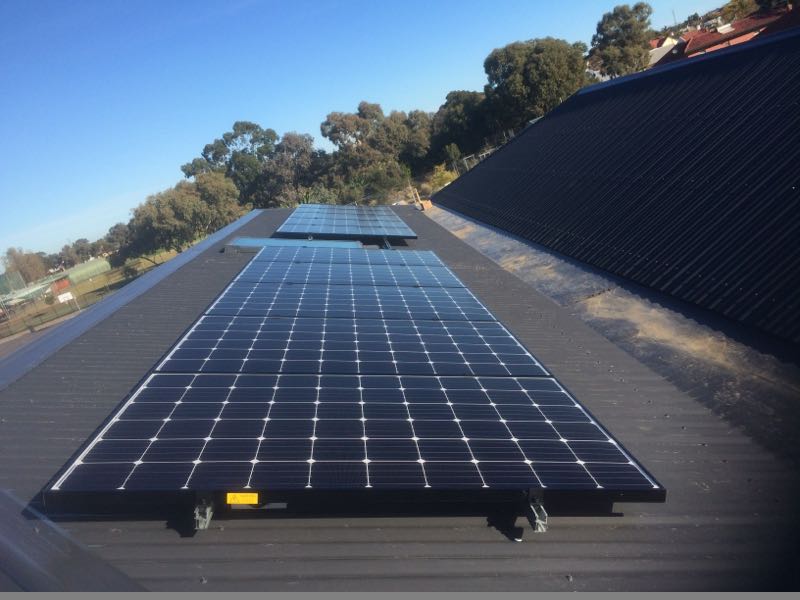Grid-connected inverters use various detection technologies to identify and respond to islanding events, ensuring the safe and stable operation of photovoltaic (PV) systems within the grid.
- Frequency and Voltage Monitoring:
- Inverters continuously monitor the frequency and voltage of the grid. Abnormal changes in these parameters during a grid outage trigger the inverter to disconnect from the grid.
- Rate of Change of Frequency (ROCOF):
- ROCOF is a key parameter for island detection. Inverters measure the rate at which the grid frequency changes. If the rate exceeds a predefined threshold, the inverter interprets it as a sign of grid instability and disconnects.
- Voltage Vector Shift Detection:
- Inverters can detect islanding by analyzing the voltage vector direction. A sudden shift in the voltage vector can indicate a grid disturbance, prompting the inverter to disconnect.
- Active Power and Reactive Power Control:
- Inverters actively control the injection of active power and reactive power into the grid. During a grid disturbance, changes in power flow are monitored, and the inverter adjusts its output accordingly to avoid islanding.
- Impedance Measurement:
- Some inverters employ impedance measurement techniques to monitor the electrical characteristics of the grid. Changes in impedance during a grid outage can be indicative of islanding, triggering the inverter to disconnect.
- Phase-Locked Loop (PLL):
- Phase-locked loops are used to synchronize the inverter’s output with the grid. An islanding event can disrupt this synchronization, and the inverter may use PLL-based methods to detect deviations and disconnect from the grid.
- Active Frequency Drift (AFD):
- AFD methods involve intentionally creating small frequency deviations and monitoring the grid’s response. If the grid fails to respond as expected, it may indicate an islanding event, prompting the inverter to disconnect.
- Communication-Based Methods:
- Inverters may communicate with grid controllers or other inverters to exchange information. Communication-based methods enable real-time collaboration between devices, enhancing island detection and prevention.
- Power Quality Monitoring:
- Inverters may continuously monitor power quality parameters such as harmonics, voltage sags, and swells. Deviations from normal power quality levels can trigger the inverter to disconnect.
- Digital Signal Processing (DSP) Techniques:
- Sophisticated DSP algorithms can be employed to analyze grid signals in real time. These algorithms can detect anomalies in frequency, voltage, or phase relationships, signaling the presence of an islanding condition.
- GPS-Based Methods:
- GPS-based methods can be used to compare the inverter’s local frequency and timing information with that of the grid. Any discrepancies can trigger islanding detection.
- Testing and Simulation:
- Inverters may undergo testing and simulation scenarios to verify their anti-islanding capabilities. This can include injecting artificial disturbances into the system to observe the inverter’s response.
It’s worth noting that many grid-connected inverters incorporate a combination of these technologies to enhance the accuracy and reliability of island detection. Additionally, compliance with relevant grid codes and standards ensures that inverters meet specific performance criteria for anti-islanding protection.


